During the second weekend of July, Rokugatsudo transforms Kagoshima city into a vibrant rainbow of colors. As the festival kicks off, people come together in a festive spirit to celebrate with friends and family. Nearly everyone dons a yukata, which is a summer variation of the traditional kimono. The entire town becomes a showcase for yukata fashion, featuring an array of checked and floral patterns, stripes, and origami designs.
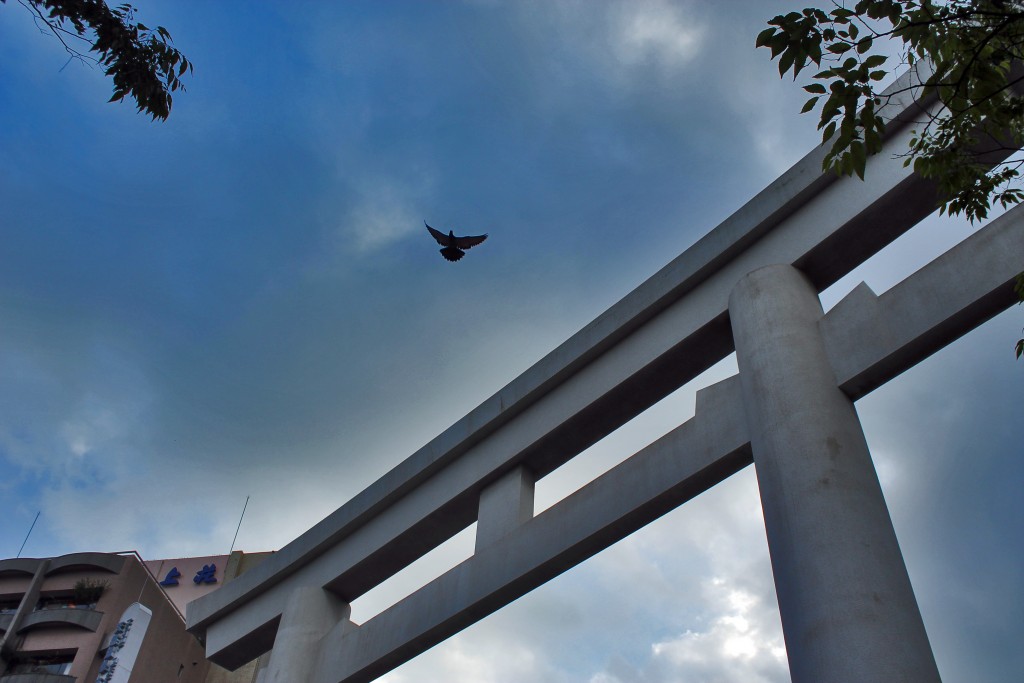
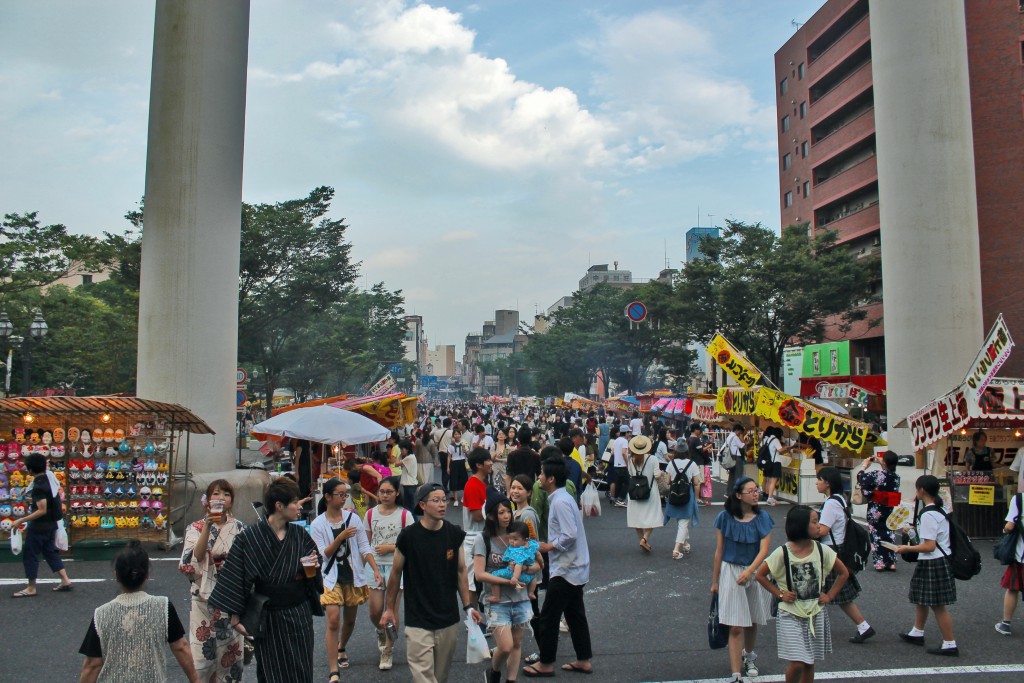
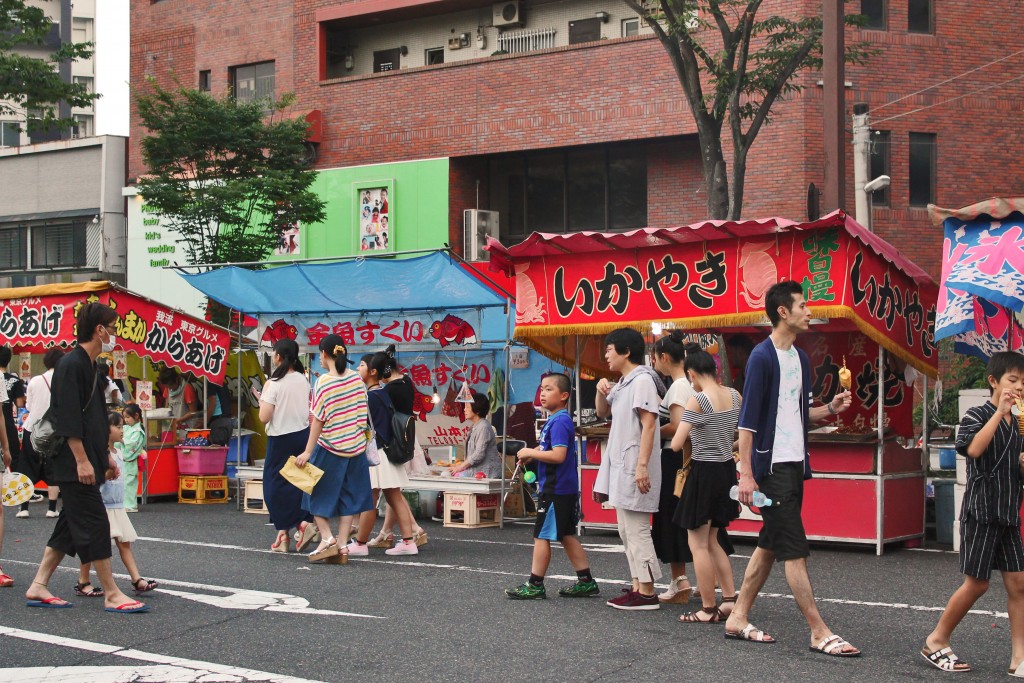
I had the privilege of taking part in a celebration on my first visit to Kagoshima. Being new to traditional Japanese attire, I was excited to purchase a yukata and blend in with the locals. Yukatas are made of cotton or synthetic material and can be worn by both men and women. The full outfit consists of a cotton undergarment (juban), a long, thick belt (obi), sandals, a foldable or fixed hand fan, and a carry bag (kinchaku). There is a wide variety of designs, catering to even the most selective individuals. I chose a white cotton yukata with printed purple flowers.
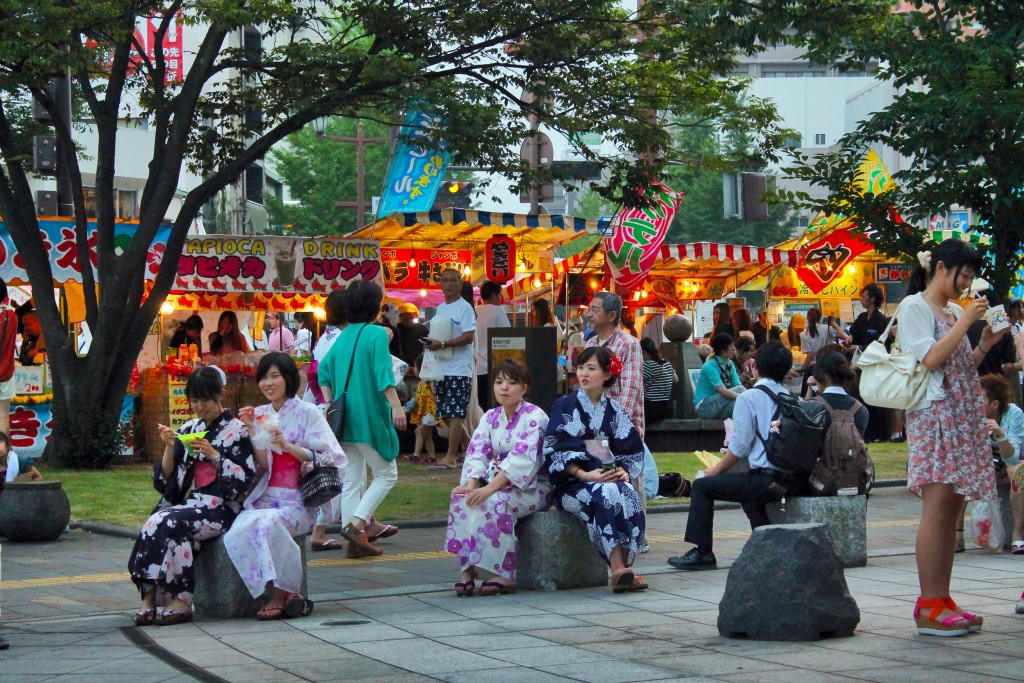
Rokugatsudo is one of the many celebrations held by cities across Japan each summer. It is a jovial festival filled with a wide variety of events, mostly located within a short distance from Terukuni Jinja, the main shrine. People enjoy traditional dance performances, theatrical plays, singing contests, children’s games, and more. These attractions bring crowds and make the city ecstatic and joyful.
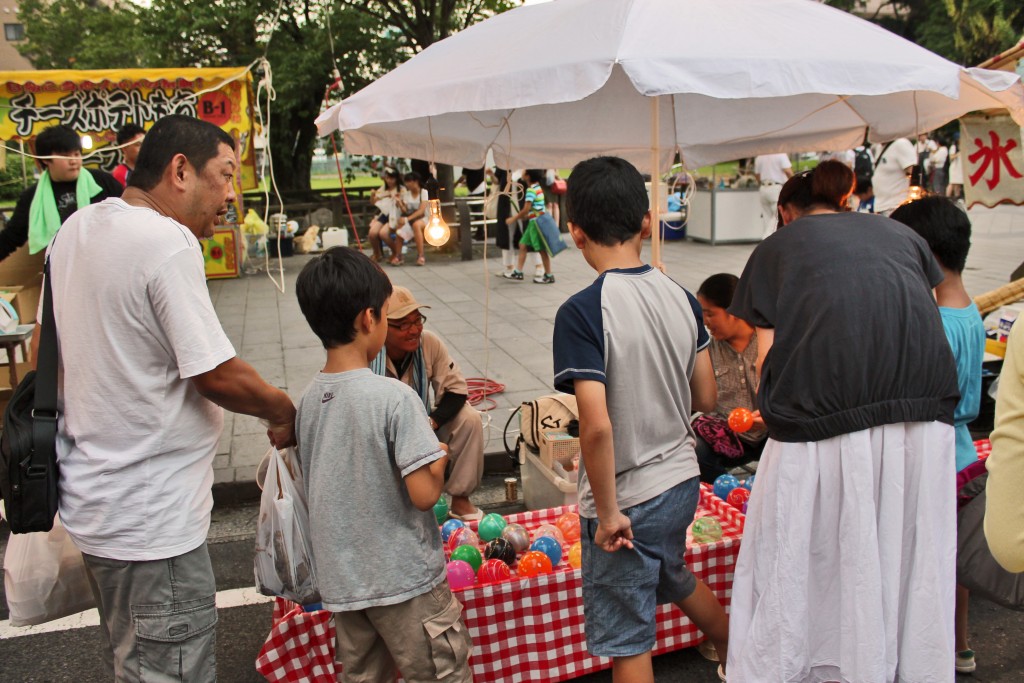
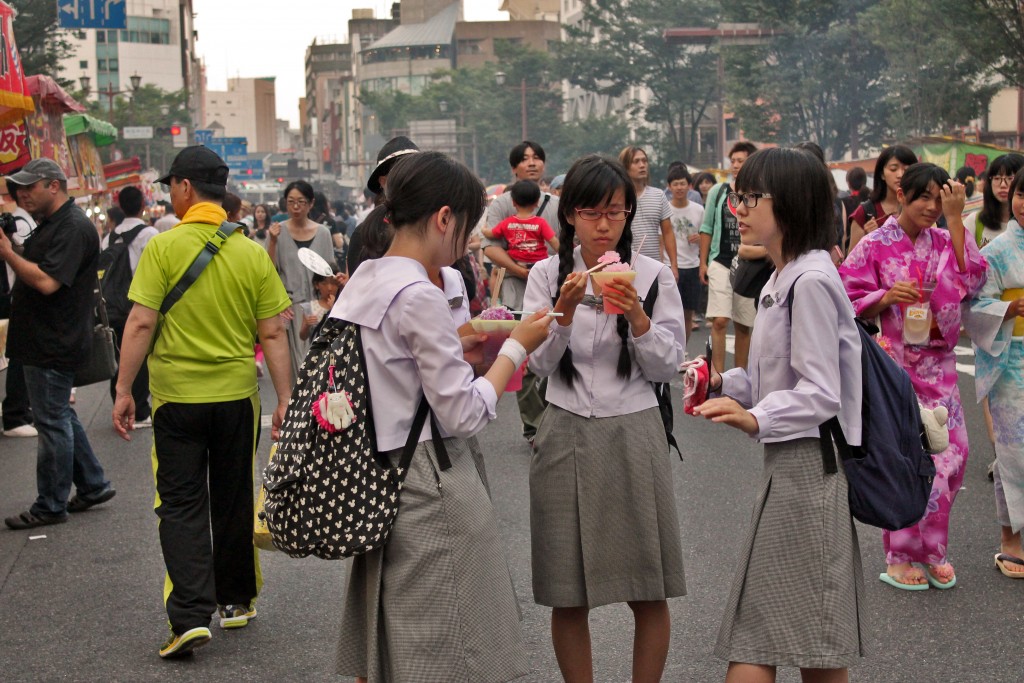
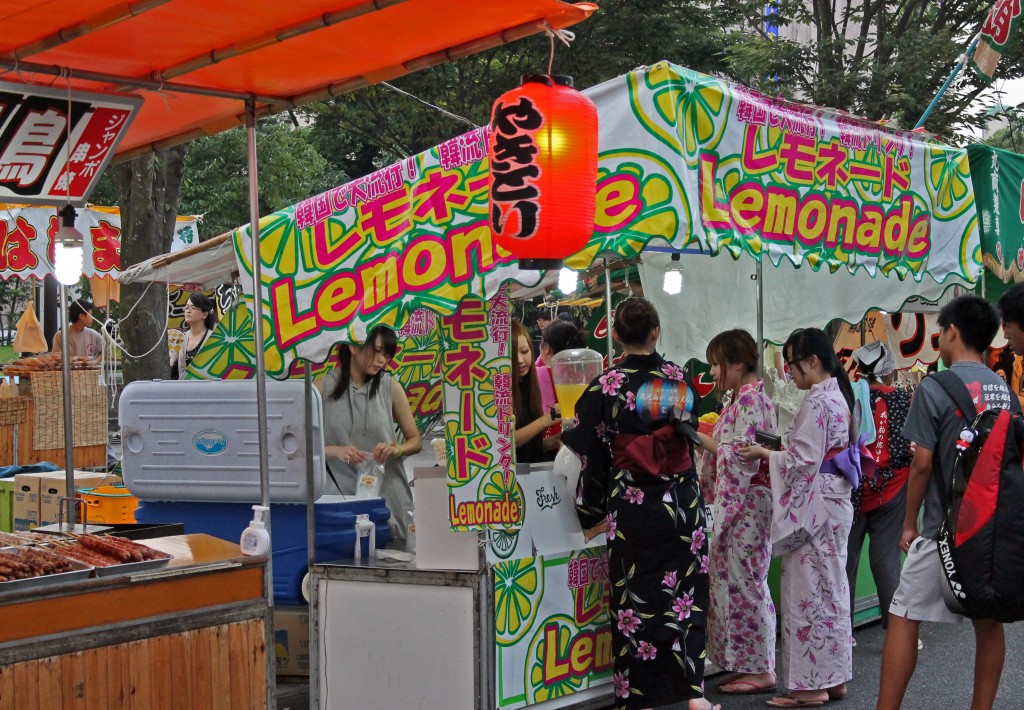
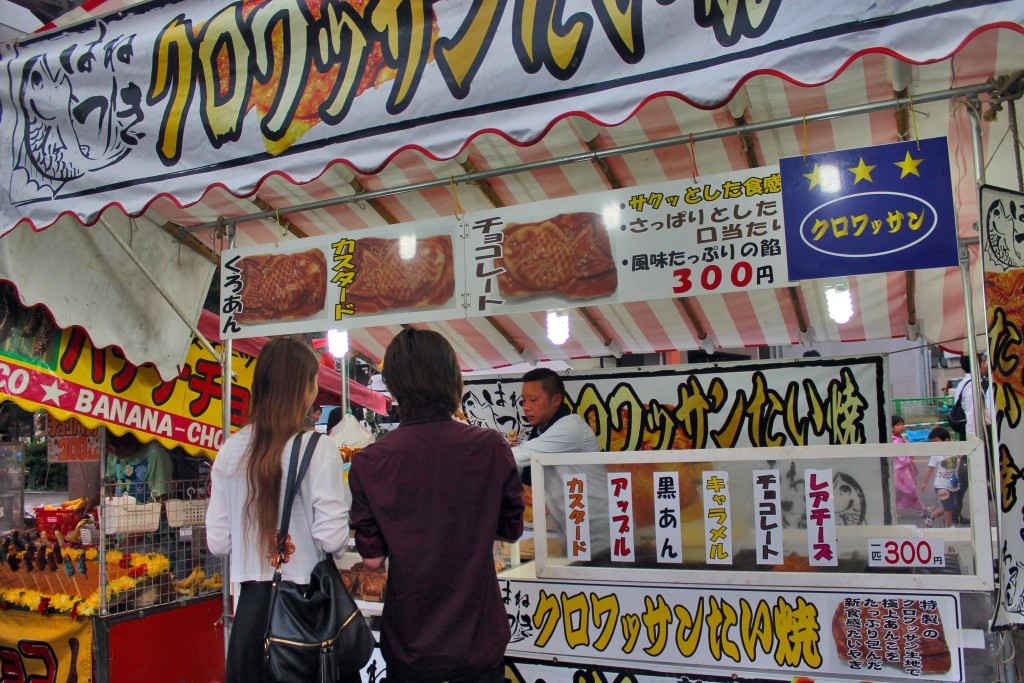
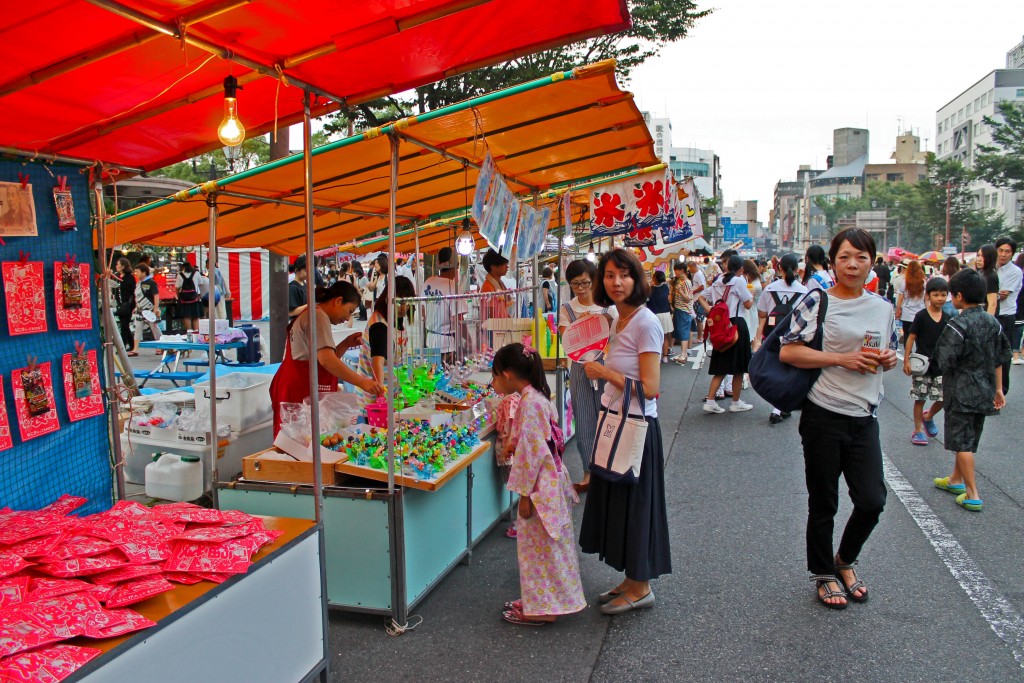
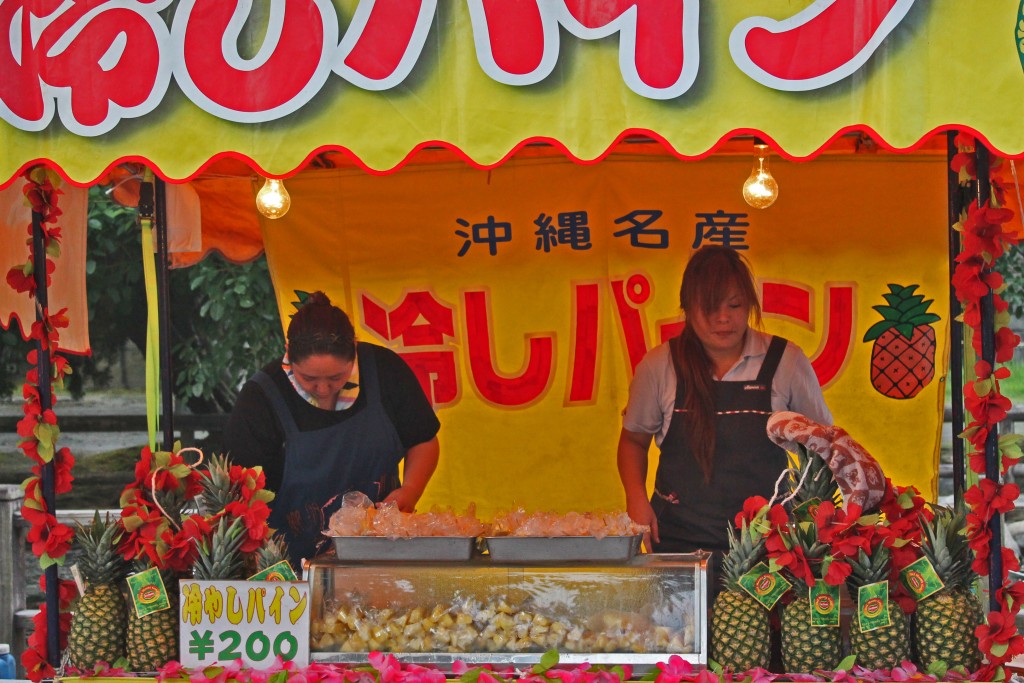
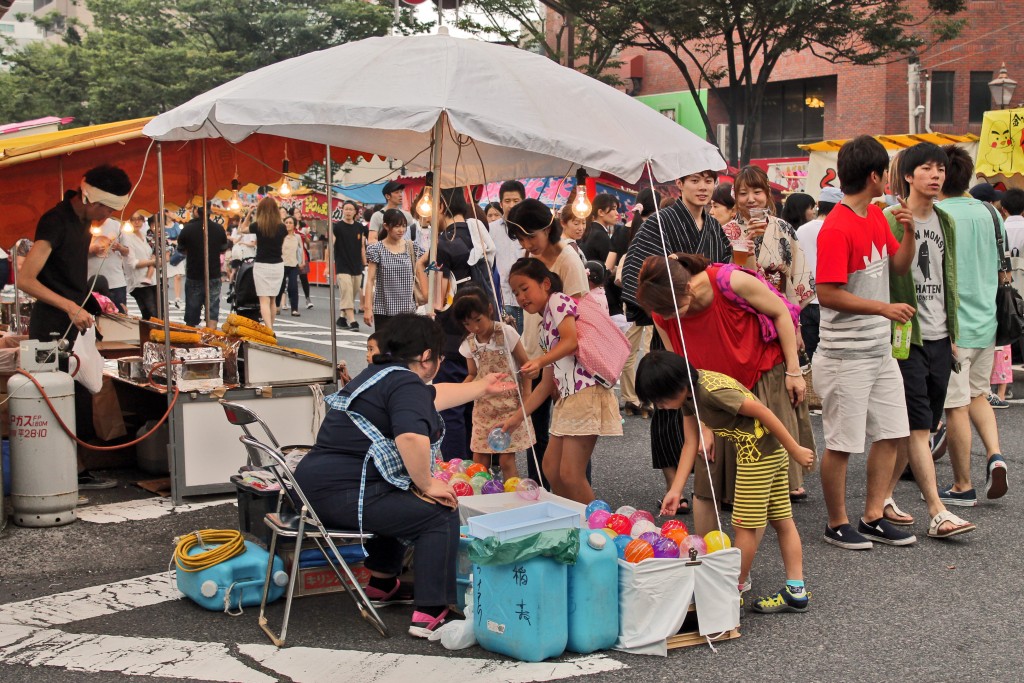
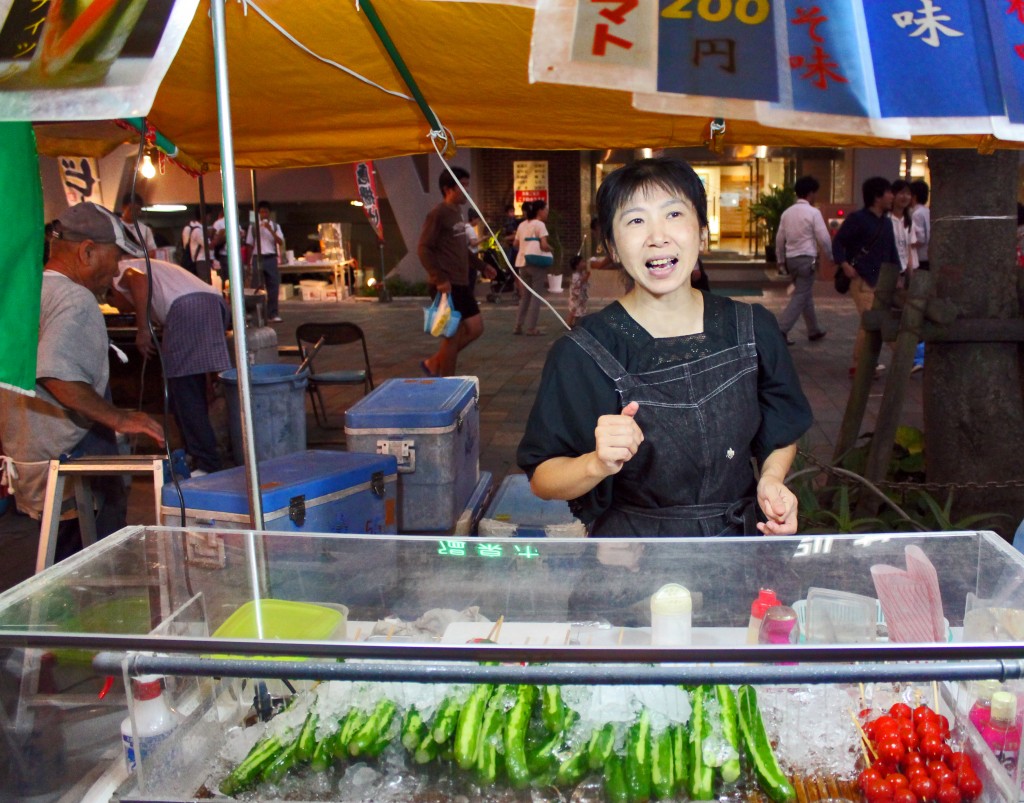
Rokugatsudo could also easily be called a traditional food festival. I was surprised by the number of food stalls on both sides of the street leading from the torii to the Terukuni shrine. People were selling local specialties such as sweet dango, kakigori (ice powder with syrup), okonomiyaki, apple candy, pickled cucumbers, and takoyaki.
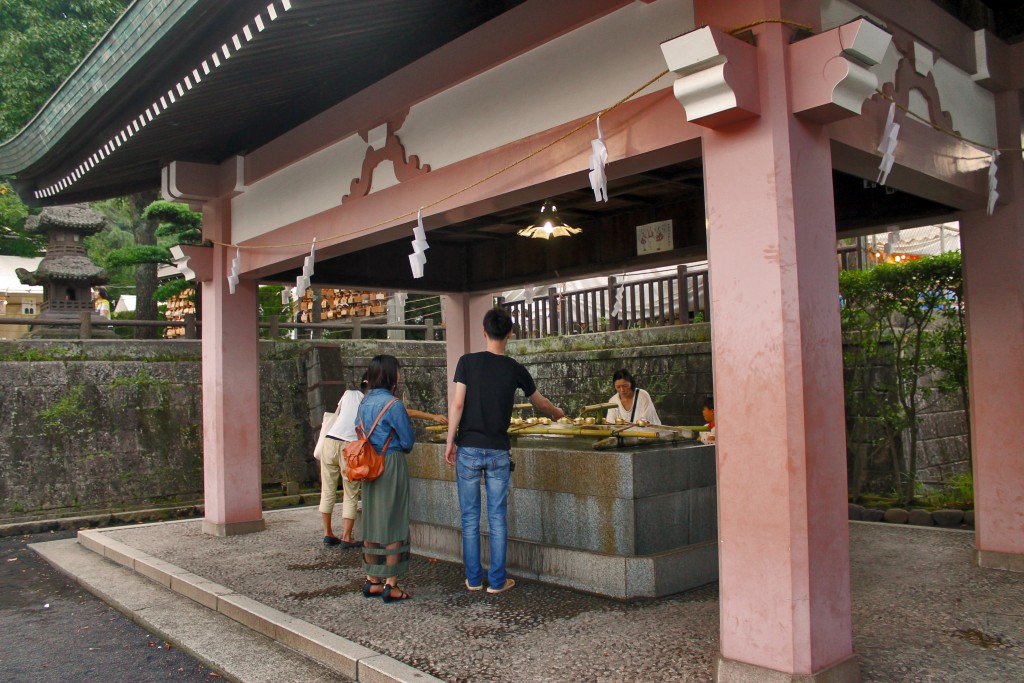
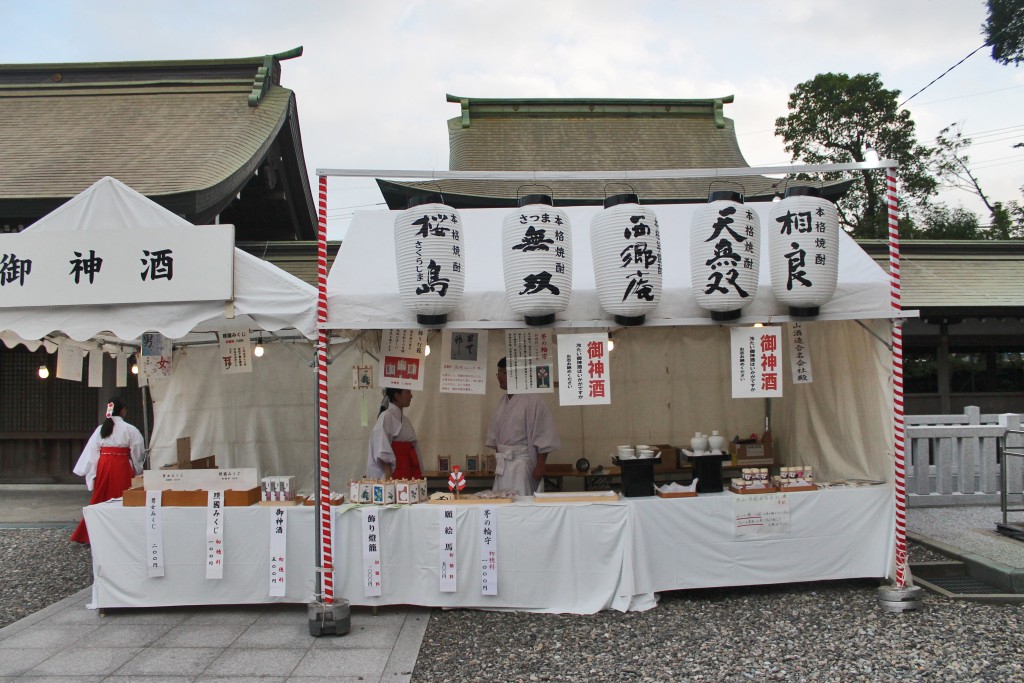
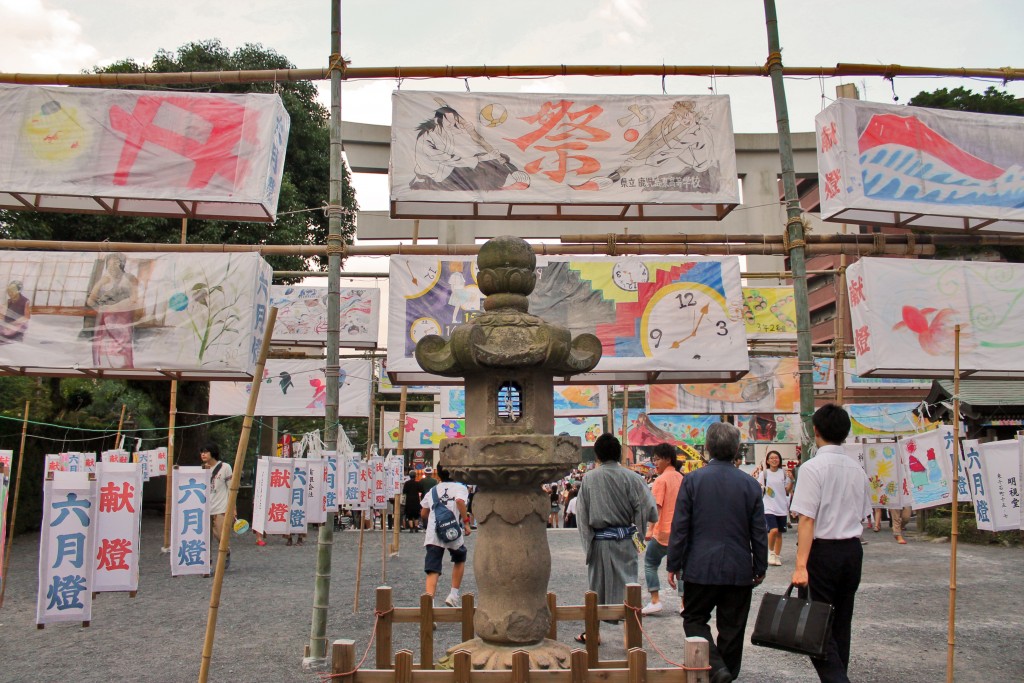
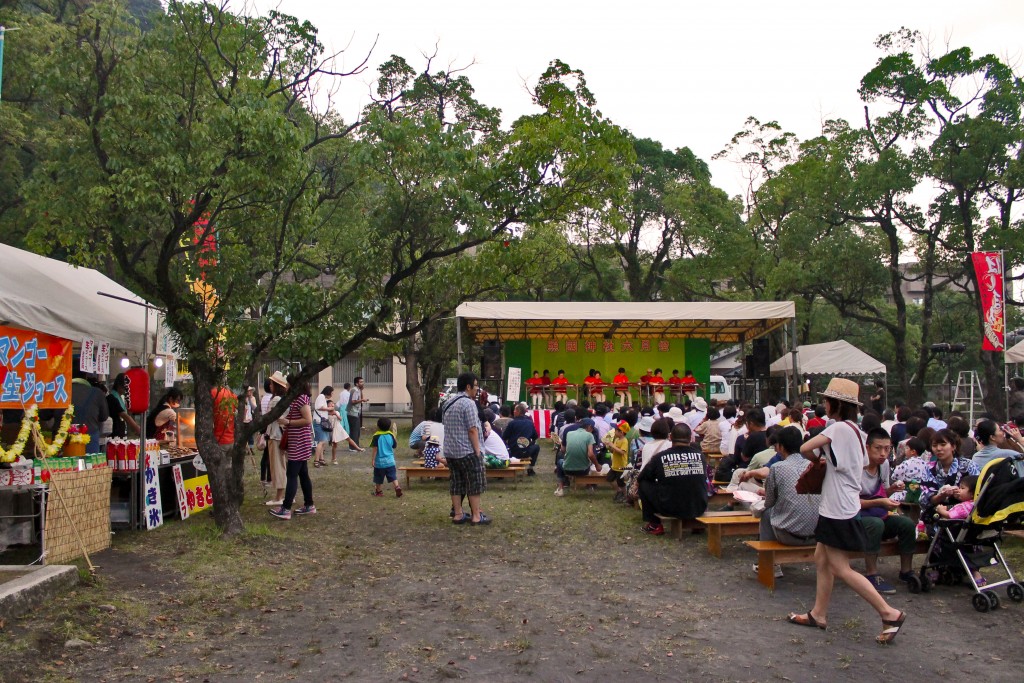
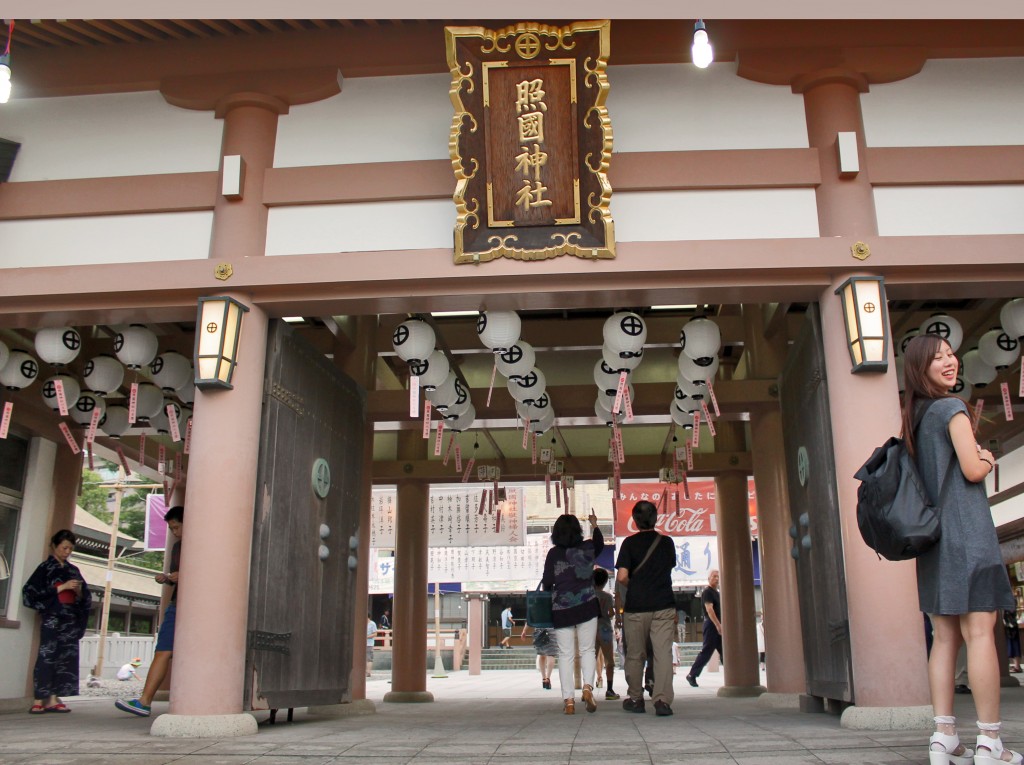
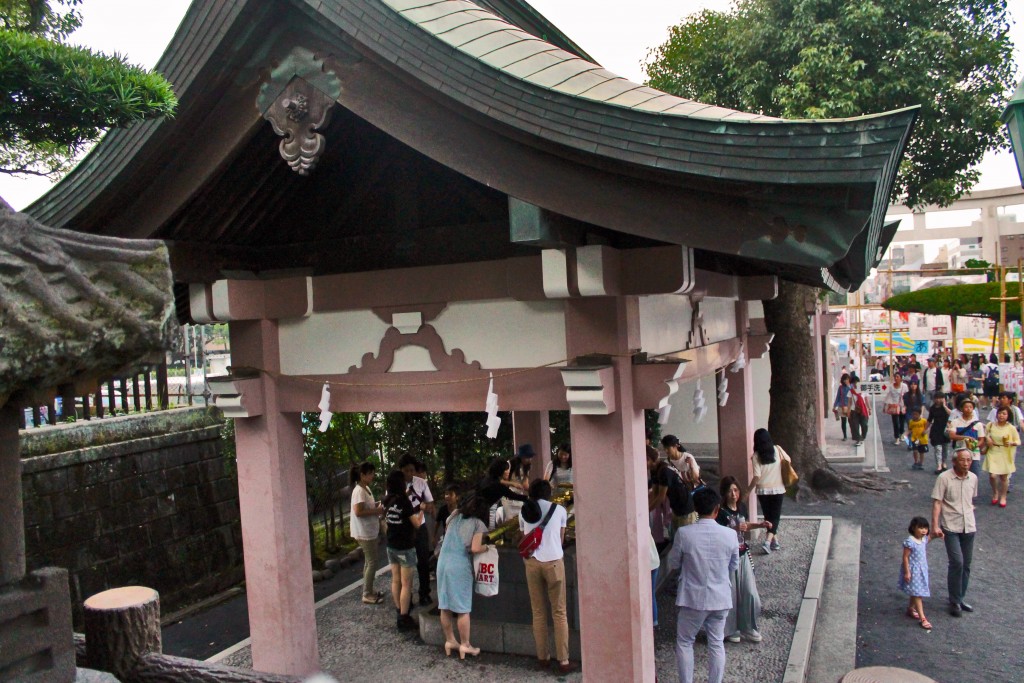
The main street was decorated with paper lanterns lit in the evening and various colorful ribbons hanging from the trees. The sound of taiko (Japanese drums) could be heard in the background. Mixed with people’s laughter and engaging conversations, it created a festive climate.
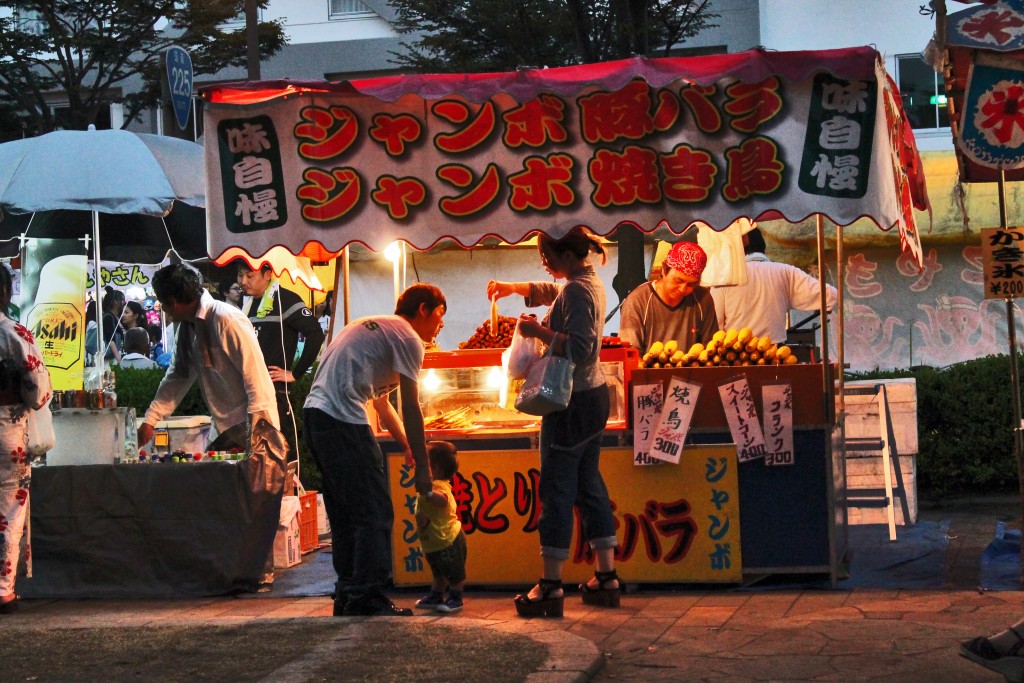
As evening approached, everyone was waiting for the main event: the hanabi, or fireworks. When the time came, the city went silent until the first shiny fireworks appeared across the night sky.
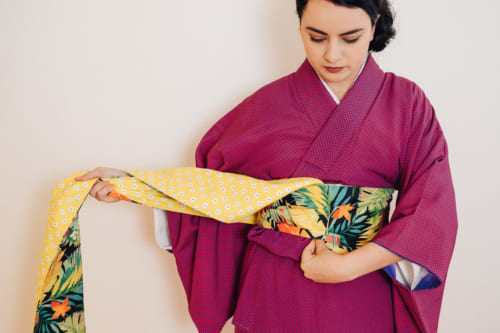
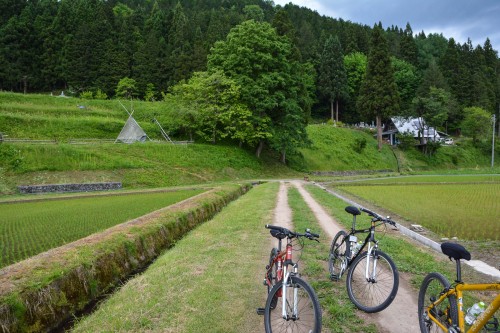
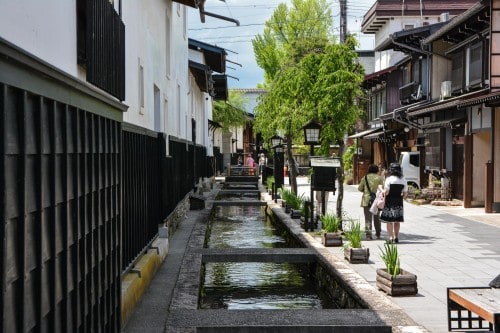
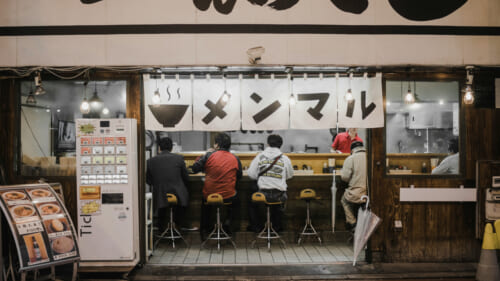
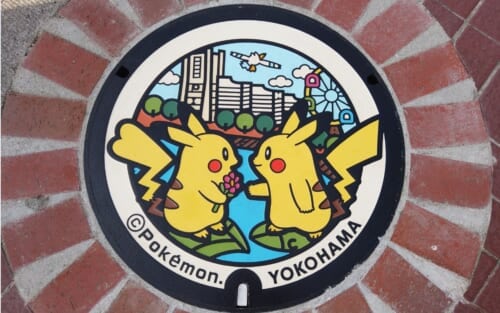
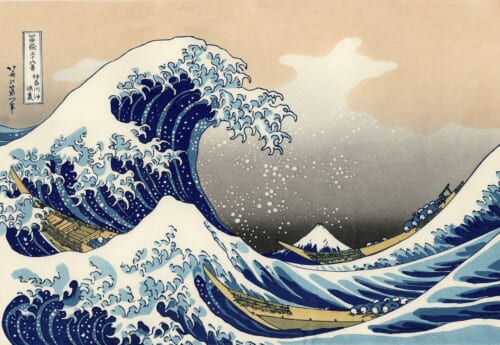
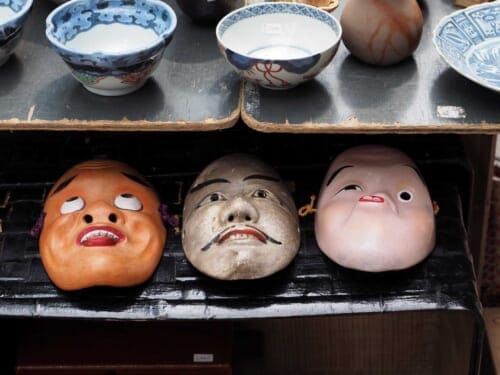
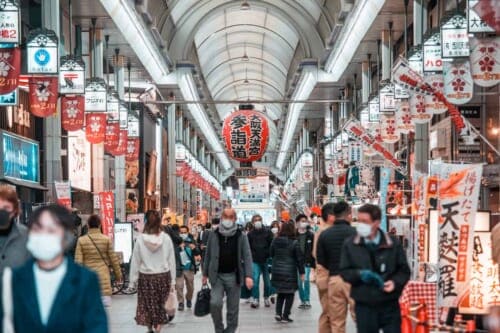


No Comments yet!